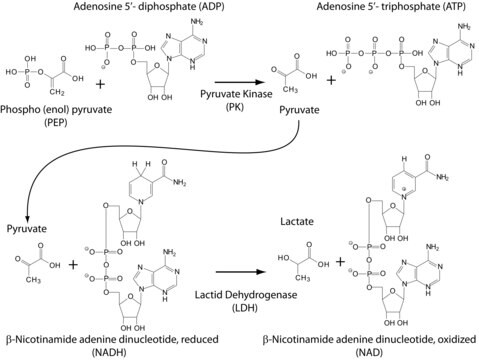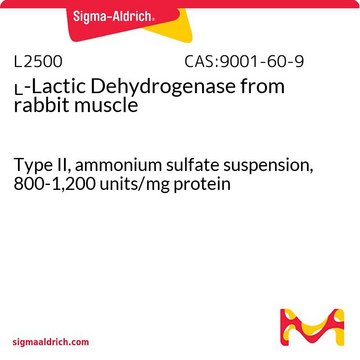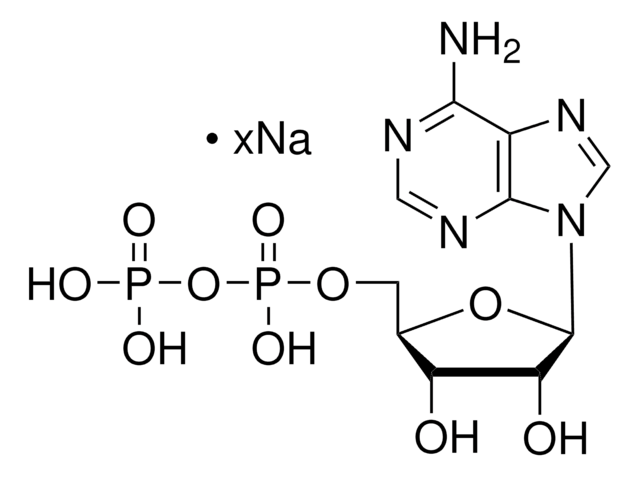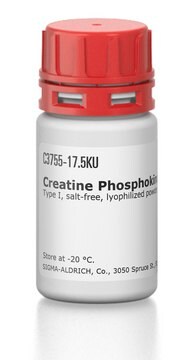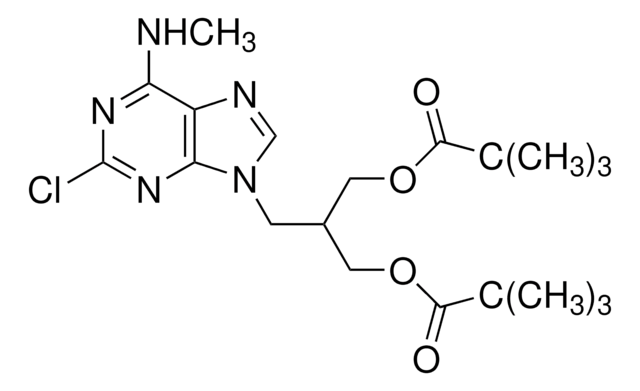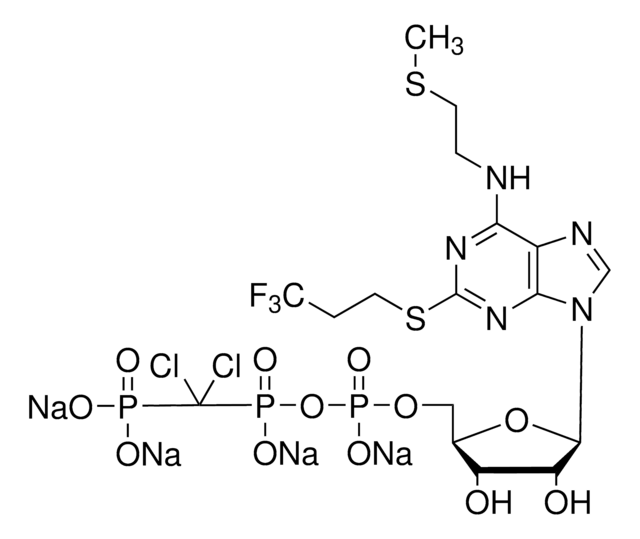Key Documents
M1434
2-Methylthioadenosine 5′-monophosphate triethylammonium salt hydrate
solid, ≥98% (HPLC)
Synonim(y):
2-MeSAMP, 2-Methylthio-AMP triethylammonium salt hydrate
About This Item
Polecane produkty
Próba
≥98% (HPLC)
Postać
solid
warunki przechowywania
desiccated
kolor
white
rozpuszczalność
H2O: 20 mg/mL, clear, colorless
temp. przechowywania
−20°C
ciąg SMILES
O.CCN(CC)CC.CSc1nc(N)c2ncn([C@@H]3O[C@H](COP(O)(O)=O)[C@@H](O)[C@H]3O)c2n1
InChI
1S/C11H16N5O7PS.C6H15N.H2O/c1-25-11-14-8(12)5-9(15-11)16(3-13-5)10-7(18)6(17)4(23-10)2-22-24(19,20)21;1-4-7(5-2)6-3;/h3-4,6-7,10,17-18H,2H2,1H3,(H2,12,14,15)(H2,19,20,21);4-6H2,1-3H3;1H2/t4-,6-,7-,10-;;/m1../s1
Klucz InChI
YQMUWWZKFZERBT-IDIVVRGQSA-N
Powiązane kategorie
Zastosowanie
- as a P2Y12 inhibitor to study its effects on stimulation of endocytosis in high-density lipoprotein (HDL).
- as a P2Y12 inhibitor to study its effects on platelet recruitment in whole human blood.
Działania biochem./fizjol.
Kod klasy składowania
11 - Combustible Solids
Klasa zagrożenia wodnego (WGK)
WGK 3
Temperatura zapłonu (°F)
Not applicable
Temperatura zapłonu (°C)
Not applicable
Środki ochrony indywidualnej
Eyeshields, Gloves, type N95 (US)
Certyfikaty analizy (CoA)
Poszukaj Certyfikaty analizy (CoA), wpisując numer partii/serii produktów. Numery serii i partii można znaleźć na etykiecie produktu po słowach „seria” lub „partia”.
Masz już ten produkt?
Dokumenty związane z niedawno zakupionymi produktami zostały zamieszczone w Bibliotece dokumentów.
Klienci oglądali również te produkty
Nasz zespół naukowców ma doświadczenie we wszystkich obszarach badań, w tym w naukach przyrodniczych, materiałoznawstwie, syntezie chemicznej, chromatografii, analityce i wielu innych dziedzinach.
Skontaktuj się z zespołem ds. pomocy technicznej
